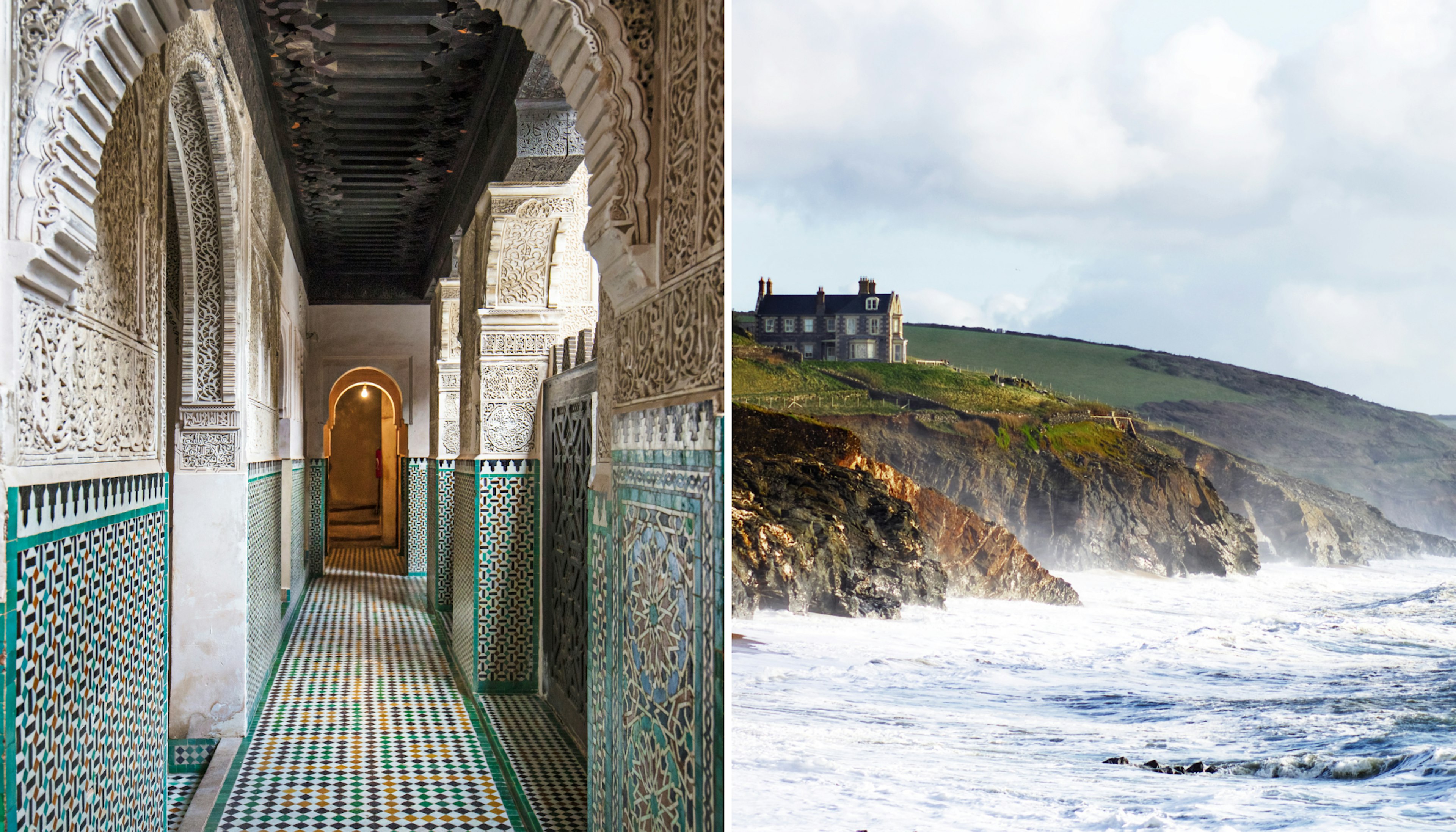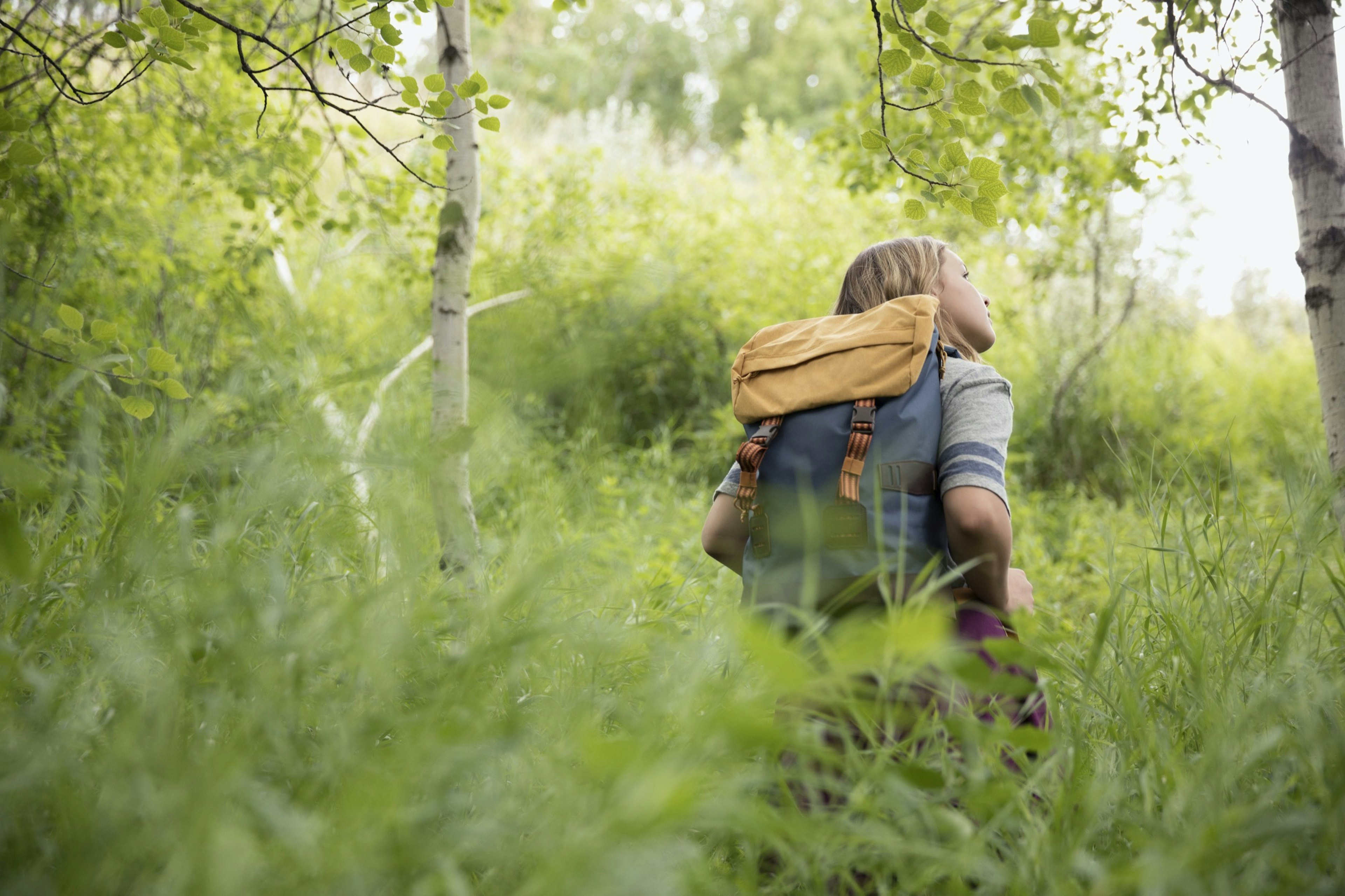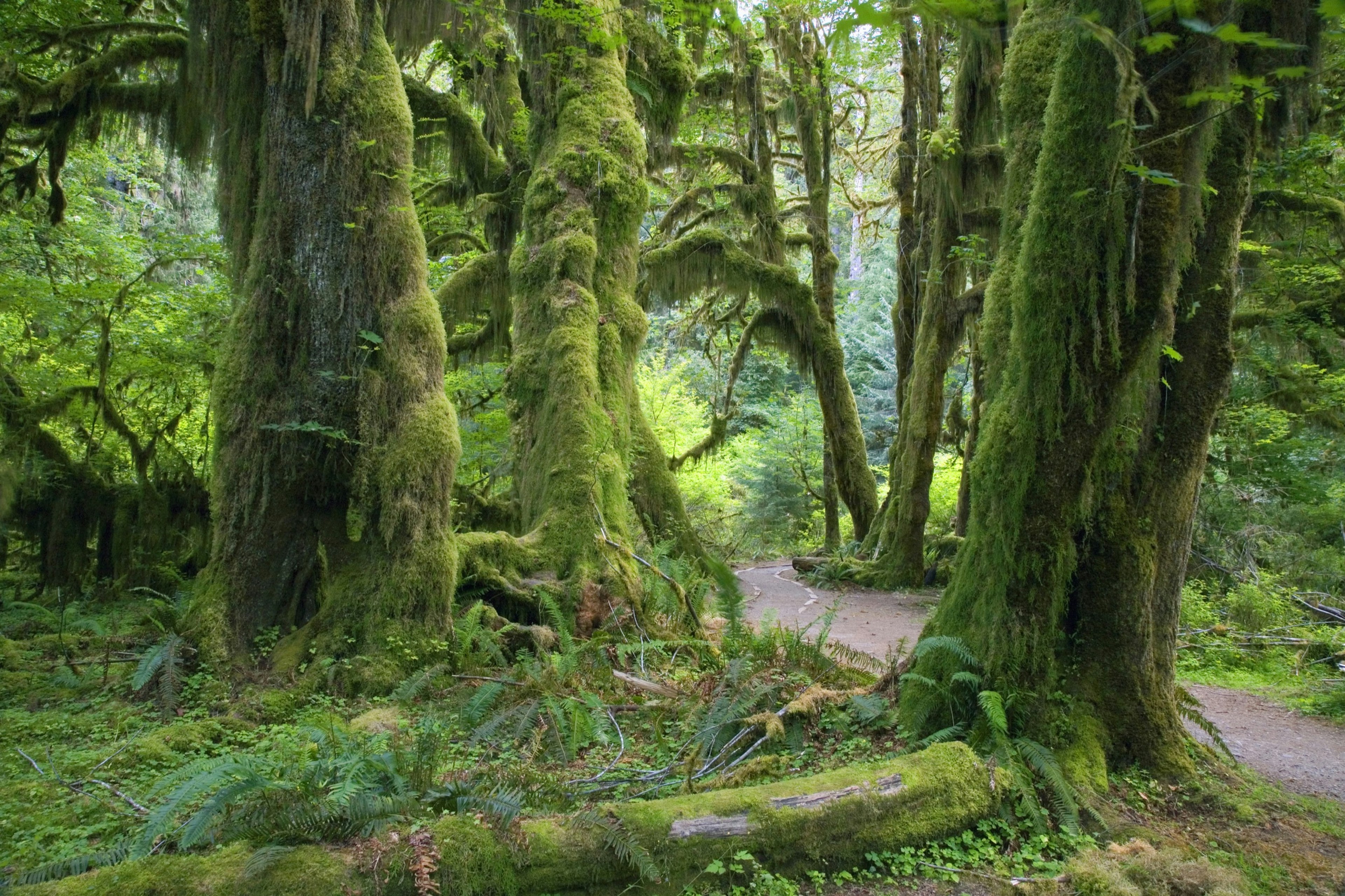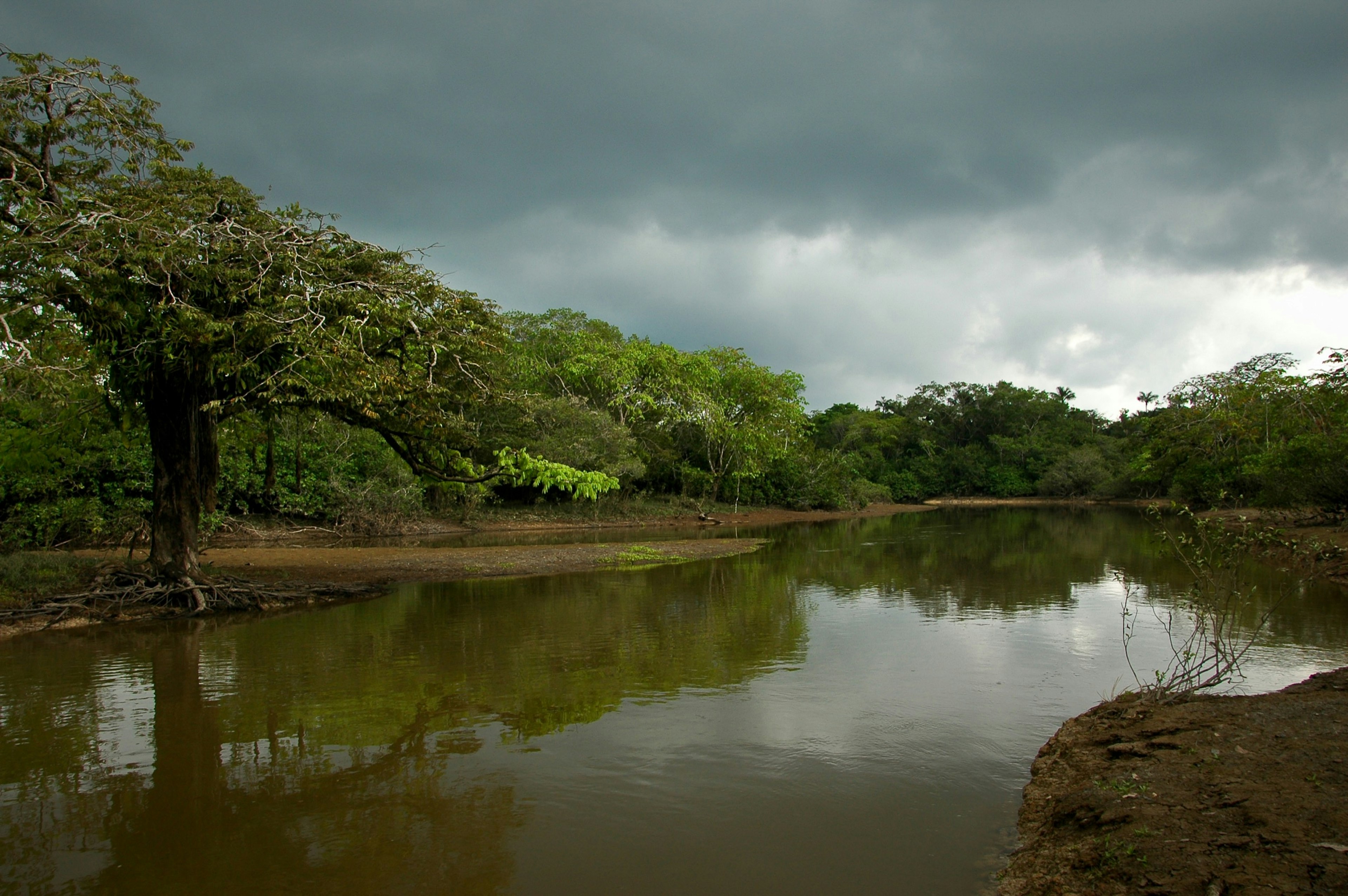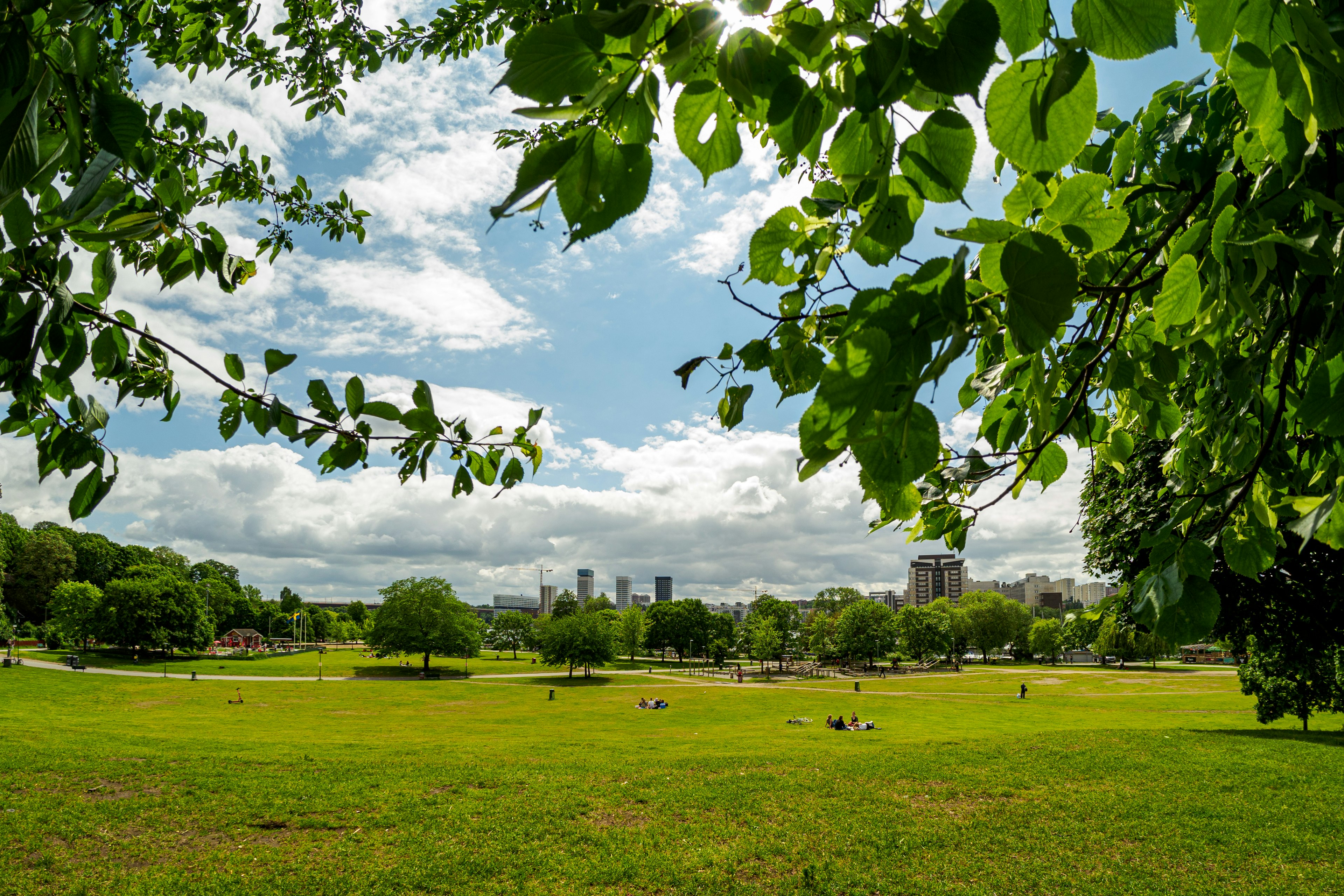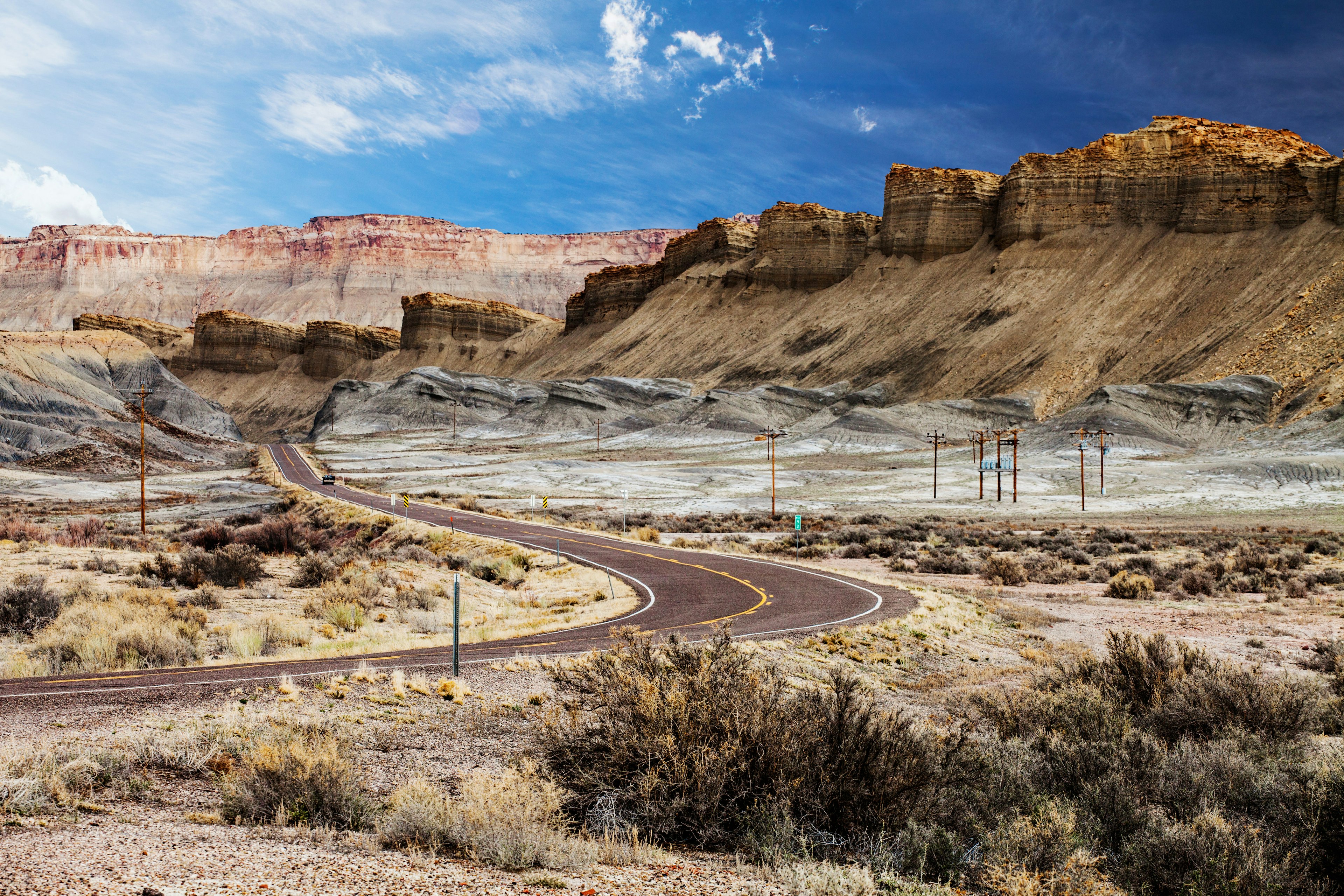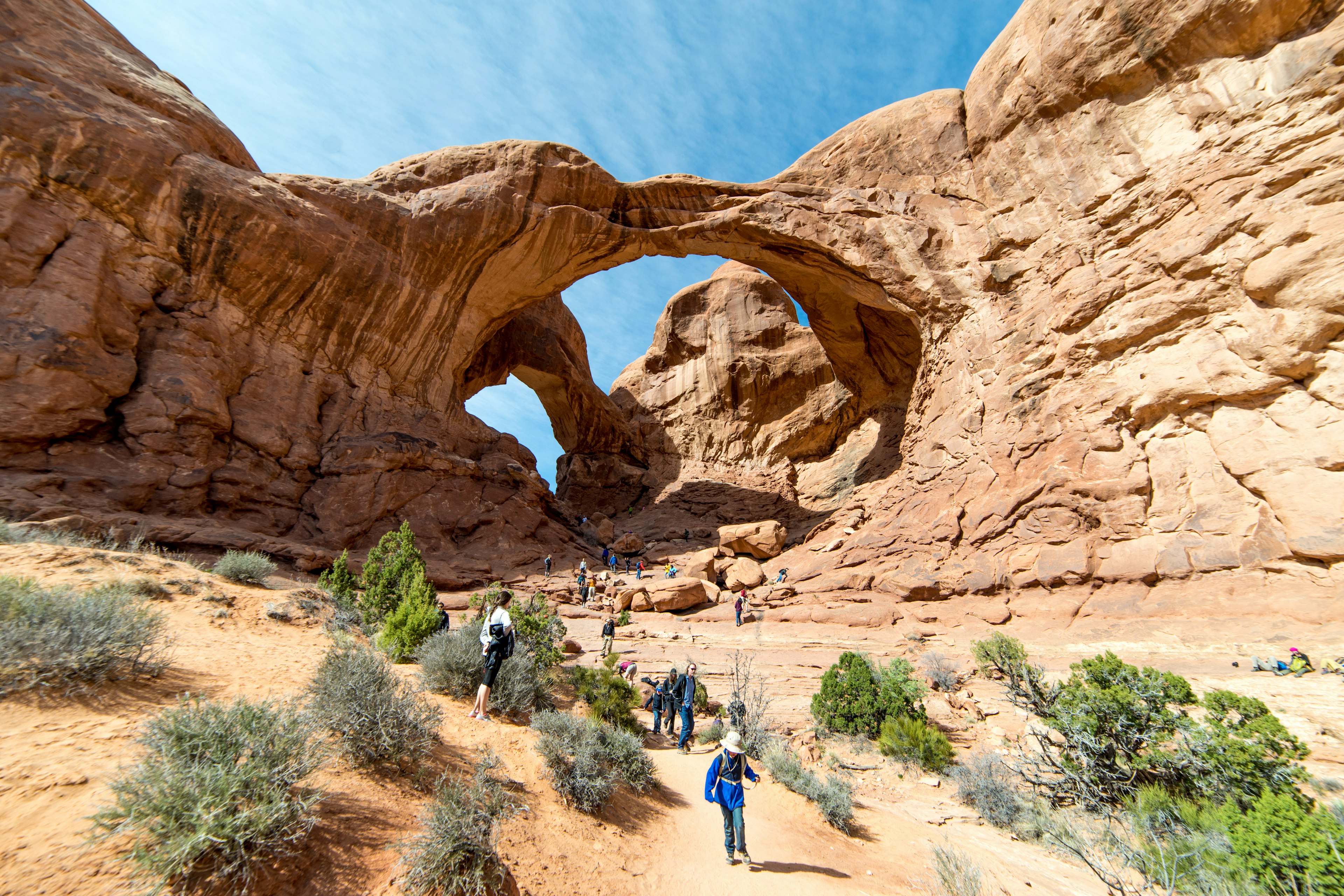Enclavée dans un canyon au milieu des montagnes San Juan du Colorado, Telluride est une ville de station de ski idyllique qui pourrait être l’un des endroits les plus naturellement beaux des États-Unis.
Telluride propose plus aux visiteurs que des pistes palpitantes et des panoramas spectaculaires : c’est également une destination de loisirs en plein air toute l’année, dotée d’une scène culinaire impressionnante et d’événements intéressants tout au long de l’année. (Festival des champignons, quelqu’un?)
Telluride récompense les visiteurs qui font le long voyage avec des expériences de plein air incomparables, des sensations du Far West et 360 degrés de vues impressionnantes des montagnes. Voilà ce qu’il vous faut savoir en préparant votre première visite à Telluride.
Quand devrais-je visiter Telluride ?
Cela dépend du type d’expérience que vous recherchez. Si c’est les superbes pistes de ski du Colorado, rendez-vous à Telluride en hiver. Vous y trouverez des pistes qui rivalisent avec celles des stations plus renommées. Gardez simplement à l’esprit que l’hiver est généralement la période la plus achalandée et coûteuse de l’année en ville.
L’été devient aussi une saison populaire pour le voyage vers Telluride, grâce à la promesse d’un climat ensoleillé et des températures avoisinant les 23°C (75°F). C’est le climat idéal pour les activités telles que la randonnée, le paddleboard, la pêche à la mouche, le vélo de montagne, l’escalade et plus encore.
Le mois idéal pour une première visite? Octobre, quand les feuilles de tremble sur les collines brillent d’un or éclatant, le temps reste doux et la foule de haute saison (et les prix) se dissipent. Si vous prévoyez de vous rendre en ville de la mi-octobre à la mi-novembre ou d’avril à mai, vous trouverez une valeur (relativement) intéressante pour l’hébergement et la nourriture. Sachez simplement que beaucoup de commerces ferment pour une pause hors saison durant ces périodes, et le temps peut être désagréable. Au printemps surtout, vous aurez probablement à faire face à des vents froids, à la pluie et à la boue.
Combien de temps devrais-je passer à Telluride?
Étant donné qu’il faut beaucoup de temps et d’efforts pour arriver à Telluride (plus de détails ci-dessous), vous voudrez rester au moins trois ou quatre jours une fois sur place. C’est suffisamment long pour explorer la ville, faire une aventure en plein air et récupérer avant de reprendre le chemin du retour vers la civilisation.
Si vous avez la chance de passer une semaine ou plus à Telluride… vous êtes chanceux. Organisez votre voyage autour d’un festival puis restez quelques jours de plus pour explorer le canyon ou profitez de ce temps pour des balades panoramiques vers des villes de montagne voisines telles que Ouray et Silverton.

Est-il facile de se rendre à et se déplacer dans Telluride ?
Telluride n’est pas facile d’accès – c’est le seul inconvénient d’un endroit si attrayant. L’ancienne ville minière se situe dans un canyon étroit, entourée de trois côtés par des montagnes s’élevant à plus de 13 000ft (3962m), avec en réalité une seule route pour entrer et sortir. Un petit aéroport en périphérie de la ville accueille chaque jour quelques vols sur de petits avions qui font une traversée turbulente de la chaîne de montagnes San Juan avant de se poser sur une piste courte. Si la turbulence vous effraie, ce trajet n’est pas pour vous.
Le principal aéroport le plus proche se trouve à Denver, à au moins six heures de route. Si vous avez du temps à perdre, songez à louer une voiture à Denver pour faire le long trajet et admirer les vues ; Telluride constitue également un excellent arrêt lors d’un road trip au Colorado. La plupart des habitants préfèrent voler depuis et vers la petite ville de Montrose, à une heure de vol de Denver. De là, vous pouvez louer une voiture ou réserver une place sur la navette Telluride Express, qui met environ 1h30 pour atteindre la ville.
Une fois dans Telluride, vous n’aurez pas besoin de voiture pour vous déplacer. La ville est accessible à pied et adaptée aux vélos, et il y a une télécabine gratuite qui relie Telluride à Mountain Village, la zone de la station de ski dans les montagnes au-dessus de la ville. Il y a aussi un bus gratuit appelé le Galloping Goose qui effectue une boucle constante dans le centre-ville, ainsi que des navettes entre Telluride et Mountain Village qui circulent plus fréquemment pendant la basse saison lorsque la télécabine ne fonctionne pas.
Les meilleures choses à faire à Telluride

Disfruta de la naturaleza al máximo
Varios kilómetros de senderos, bosque y naturaleza virgen accesible directamente desde el centro de la ciudad, Telluride presenta a los entusiastas del aire libre suficiente terreno para estar activos sin importar cuánto dure su estancia. En la estación de verano, esto incluye senderismo (la caminata “más sencilla” es Bridal Veil Falls, pero sigue siendo empinada – Hope Lake cercana es una de mis preferidas), ciclismo de montaña, paddleboarding en lagos alpinos y pesca con mosca en el río azul cielo San Miguel.
Actividades más accesibles engloban esquí y snowboard adaptables: el Programa Adaptativo de Deportes de Telluride presenta varios dispositivos para ayudar a personas con diferentes capacidades físicas a disfrutar las pendientes así como experiencias guiadas para esquiadores ciegos. Los visitantes pueden también tomar tours en jeep en caminos montañosos y subir en la góndola accesible en silla de ruedas que conecta Telluride con Mountain Village.
Disfruta de un trayecto panorámico
Aunque cualquier carretera en la región de Telluride podría considerarse como “ruta escénica,” hay algunas especialmente valiosas para explorar durante tu visita a la localidad. Pese a que algunas abren solo en pleno verano, otras son accesibles prácticamente todo el año.
Inicia el camino en Last Dollar Rd que conecta Telluride y Dallas Divide justo a las afueras de Ridgway; visita el pueblo minero de Plata Rico camino hacia el Parque Nacional Mesa Verde; o recorre el Million Dollar Hwy entre Ouray y Silverton, al que se puede acceder directamente desde Telluride vía el escalofriante Imogene Pass. (No intentes Imogene sin un jeep o vehículo similar – y seguridad en tus habilidades al volante.)
Diviértete en la nieve
La temporada de esquí en Telluride abarca desde noviembre hasta marzo, período durante el cual la ciudad recibe aproximadamente 200–300 pulgadas de nieve fresca y varios días de cielos despejados. Telluride Ski Resort presenta más de 2000 acres de terreno esquiable y de snowboard, con una mezcla de pendientes adecuadas para principiantes, pistas intermedias, y rutas empinadas o senderos para expertos. Hay remontes tanto en Telluride como en Mountain Village, con líneas habitualmente más cortas en los que parten del centro de la ciudad.
Otras actividades de invierno incluyen raquetas de nieve, esquí de fondo en el Valle del Piso (las 3 millas de espacio abierto designado a las afueras de la ciudad), motos de nieve en el campo y hasta paseos en trineo tirado por caballos. Para una emoción de segunda mano, dirígete al vecino Condado de Ouray para ver el esqui-segundo, un evento en el que esquiadores son arrastrados a través de un circuito de carreras por caballos.

Asiste a un festival
Telluride lleva a cabo 20 festivales distintos cada año en instalaciones tanto interiores como exteriores por todo el pueblo y Mountain Village. Incluye eventos musicales como Blues and Brews y el Festival de Jazz; el Festival de Cine de Telluride, en el que los encuentros con celebridades están garantizados; La fiesta inacabable que es Telluride Gay Ski Week; el Festival del Globo de Telluride, cuando globos aerostáticos pintan el cielo sobre el Valle del Piso; e incluso el excéntrico Festival de Hongos, que incluye un desfile donde los asistentes se visten como hongos y bailan en las calles.
Si planeas tu viaje para coincidir con fechas de festival, recuerda que los precios de alojamiento serán más altos de lo habitual y todo, desde boletos para el festival hasta reservas en restaurantes se agotarán rápidamente.
Mi actividad favorita en Telluride
Algunos de mis mejores recuerdos de vivir en Telluride implican llevar un picnic a la vista panorámica de Last Dollar Road. A unas pocas millas pasando el Aeropuerto Regional de Telluride, hay un lugar donde el camino de tierra se convierte en una pista exclusiva para 4×4 que serpentea entre las montañas hacia el paso del valle de Dallas justo antes de la ciudad de Ridgway.
En el lugar donde se cruzan estas ramas del Last Dollar Road, hay un pequeño y tranquilo área de estacionamiento que brinda algunas de las más impresionantes vistas de toda la región – y eso es mucho decir. Solía disfrutar llevar bocadillos y colocar algunas sillas de acampar aquí para poder sentarme y observar el juego de luz y sombras en las montañas. Es uno de los principales sitios para contemplar el follaje otoñal y admirar el Monte Wilson, la cumbre que aparece en las latas de cerveza Coors.

¿Cuánto dinero necesito para Telluride?
Aunque resulta ser más accesible en comparación con otras ciudades de esquí de alta gama como Vail o Aspen, Telluride no es un destino económico. Si cuentas con un presupuesto ajustado, quizás quieras alojarte fuera de la ciudad en lugares como Norwood, Dolores o Cortez y hacer una excursión de un día a Telluride. Al planificar un viaje durante la temporada de buen clima, puedes reservar con anticipación un sitio para acampar antes de que se agoten, lo que te permitirá ahorrar en alojamiento. Para evitar los elevados precios de los escasos supermercados de Telluride, es recomendable hacer compras en Montrose antes de llegar a la ciudad.
Es importante recordar que los precios en Telluride varían según la estación del año. Las tarifas de los hoteles en medio de la temporada de esquí o durante un festival son sustancialmente más altas que durante la temporada baja.
-
Habitación en motel: $120 por noche en temporada baja; $180 por noche en temporada alta
-
Habitación de hotel 4 estrellas: $200+ por noche en temporada baja; $250+ por noche en temporada alta
-
Apartamento con cocina (incluyendo Airbnb): $175+ por noche para un condominio básico en temporada alta; $100+ por noche en temporada baja
-
Boleto de transporte público: ¡Gratis! Tanto el autobús Galloping Goose que circula constantemente por la ciudad como la góndola entre Telluride y Mountain Village son sin costo.
-
Café: $3.50
-
Sándwich: $20
-
Cena para dos personas: $100
-
Cerveza/jarra en el bar: $8
-
Pase de esquí diario: $245 (con descuentos por períodos más largos)
-
Alquiler de equipo al aire libre: $65 por día para esquís en invierno y tablas de paddle en verano

Consejos adicionales para disfrutar de Telluride
Prepárate para la altitud
Telluride se ubica a 8750 pies (2667 m) y Mountain Village a 9512 pies (2900 m), lo cual podría ser un impacto para tu cuerpo, sobre todo si vienes desde el nivel del mar. Recuerda que puede tomar unos días adaptarse y que el alcohol te puede afectar más rápidamente. Si tienes preocupaciones sobre la altitud, considera consultar con tu médico de atención primaria, y asegúrate de beber mucha agua durante tu estancia. Se dispone de oxígeno en la localidad si es necesario.
Comprende la diferencia entre Telluride, Mountain Village y Lawson Hill
Telluride se compone en realidad de varios pequeños pueblos en uno. Está el auténtico pueblo de Telluride en el cañón, Mountain Village junto al resort de esquí y Lawson Hill al inicio de la Valley Floor a unas millas del centro. El centro de Telluride es el antiguo pueblo minero fundado en 1878, mientras que Mountain Village nació en 1983. Ambos tienen hoteles, restaurantes y tiendas. Lawson Hill es un barrio residencial que alberga la Telluride Brewing Company y su sala de degustación.
Al reservar alojamiento y planificar tu viaje, es útil saber que estos son tres lugares diferentes, especialmente si no planeas alquilar un automóvil. Aunque hay transporte público entre Telluride, Lawson Hill y Mountain Village, no están a una distancia cómoda para caminarlas.
Sé un visitante responsable
Con el fin de conservar la belleza natural de Telluride para futuras generaciones, sigue el ejemplo de los lugareños y cuida el entorno mientras exploras. Evita geolocalizar tus fotos de aventuras al aire libre (la ciudad ha enfrentado erosión en áreas naturales debido a su popularidad en las redes sociales), sigue las normas indicadas como no llevar mascotas en el sendero del río a través de la Valley Floor, y observa los principios de “llévalo dentro, llévalo fuera” y “no dejes rastro”.










